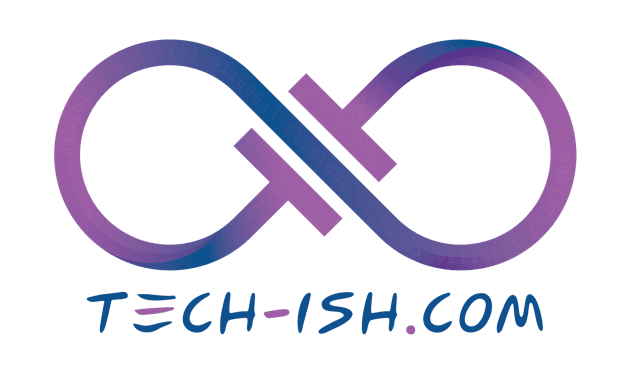
Kenya’s Communications Authority (CA) has proposed a dramatic increase in licensing fees for satellite internet service providers (ISPs), raising concerns about the potential impact on both established players like Starlink and smaller competitors. The proposed regulations, outlined in the Review of the Telecommunications Market Structure 2024, aim to raise the cost of a 15-year license from KES 1.6 million to KES 15 million and introduce an annual levy of 0.4% of gross turnover or KES 4 million, whichever is higher. Stakeholders have until January 23, 2025, to submit feedback, with implementation planned for the 2025/2026 financial year.
A Game-Changer for Satellite ISPs
The proposed fee hike represents a tenfold increase, potentially raising the cost of entry for satellite internet providers in Kenya. The CA claims this move will ensure technology neutrality and broaden opportunities for investment. However, critics warn it could deter smaller players and limit competition in the market. Companies like Viasat, Indigo Telecom, and NTvsat, which collectively serve fewer than 1,000 subscribers in Kenya, may struggle to absorb these costs.
Under the proposed framework, the Landing Rights License (LRL) will replace existing Submarine Cable Landing Rights (SCLR) and Satellite Landing Rights (SLR) licenses. This new category aims to align with the Unified Licensing Framework (ULF), a technology-neutral and service-neutral licensing principle introduced in Kenya in 2008 to simplify market entry and support evolving technologies.
“This change aims to ensure technology neutrality and allow investors to land signals using any technology,” the CA stated. The revised licensing framework will also allow satellite providers to operate terrestrial cables, telemetry systems, tracking facilities, and engage in space research, potentially attracting global players like Starlink to invest further in Kenya.
Starlink: The Rising Challenger
Since its launch in 2023, Starlink has disrupted Kenya’s internet market, offering high-speed, low-cost connectivity. By December 2024, the company had registered over 8,500 users, a growth of more than 1,000% in just 18 months. To counter Starlink’s rising influence, local ISPs like Safaricom have doubled the speed of their fibre internet packages while raising concerns about Starlink’s regulatory compliance, and in the process exposing that Kenyan government has a gateway to switch on or off access to internet.
In its protests to the CA, Safaricom argued that satellite ISPs should operate only through partnerships with local licensees, citing national security and the need for accountability. Safaricom’s CEO, Peter Ndegwa, publicly acknowledged the competitive pressure, stating, “We’re not worried about competition, but satellite should complement existing technologies rather than compete directly in urban areas.”
While Starlink’s growth has been rapid, it has faced challenges. For instance, the company suspended new subscriptions in Nairobi and neighboring counties in November 2024 due to network capacity overload. The proposed changes, including the ability to establish ground stations and hubs, could help address these constraints.

Implications for Smaller ISPs
While Starlink’s scale and resources may allow it to weather these regulatory changes, smaller ISPs could face significant challenges. Companies like NTvsat and Viasat, which have limited market penetration, may find the increased fees unsustainable. This could lead to reduced competition and hinder the expansion of high-speed internet in underserved regions, contradicting Kenya’s digital inclusion goals.
The CA also noted the rise of unauthorized ISPs deploying networks on unlicensed frequency bands and fiber installations in localized areas. These activities, though unregulated, highlight the growing demand for affordable internet solutions, further emphasizing the need for balanced regulatory interventions.
A Balancing Act for Regulation
The CA’s proposals also include expanding the geographic scope for satellite ISPs. For instance, providers operating under the NFP-T3 category must now cover at least three counties, adhering to a technology-neutral principle. Non-compliance will attract penalties of 0.2% of annual turnover per additional county operated without proper licensing.
The Broader Internet Landscape
Starlink’s aggressive pricing and promotional strategies in Kenya, including the introduction of a KES 1,300 50GB monthly plan, have forced local ISPs to adapt. However, the proposed licensing fees could tilt the scales, giving established ISPs like Safaricom a reprieve from Starlink’s competition while creating new barriers for emerging satellite providers.
The National ICT Policy Guidelines, 2020, and the CA’s 2023-2027 Strategic Plan emphasize fostering competition, infrastructure sharing, and meaningful connectivity. However, the proposed regulatory changes may test Kenya’s ability to balance these goals with its ambition to attract international investment.
Timeline for Implementation
The CA has laid out a clear roadmap for the proposed changes. Public consultations are ongoing in FY2024/2025, followed by revisions to the licensing framework and market sensitization. Implementation of the revised structure is expected in FY2025/2026.
Conclusion
The proposed licensing fee hike marks a critical moment for Kenya’s satellite internet sector. While aimed at leveling the playing field and ensuring technology neutrality, the changes risk stifling competition and slowing the expansion of satellite internet in underserved areas. As Starlink and smaller ISPs navigate this regulatory landscape, their ability to adapt will shape the future of internet connectivity in Kenya.
Discover more from Techish Kenya
Subscribe to get the latest posts sent to your email.


